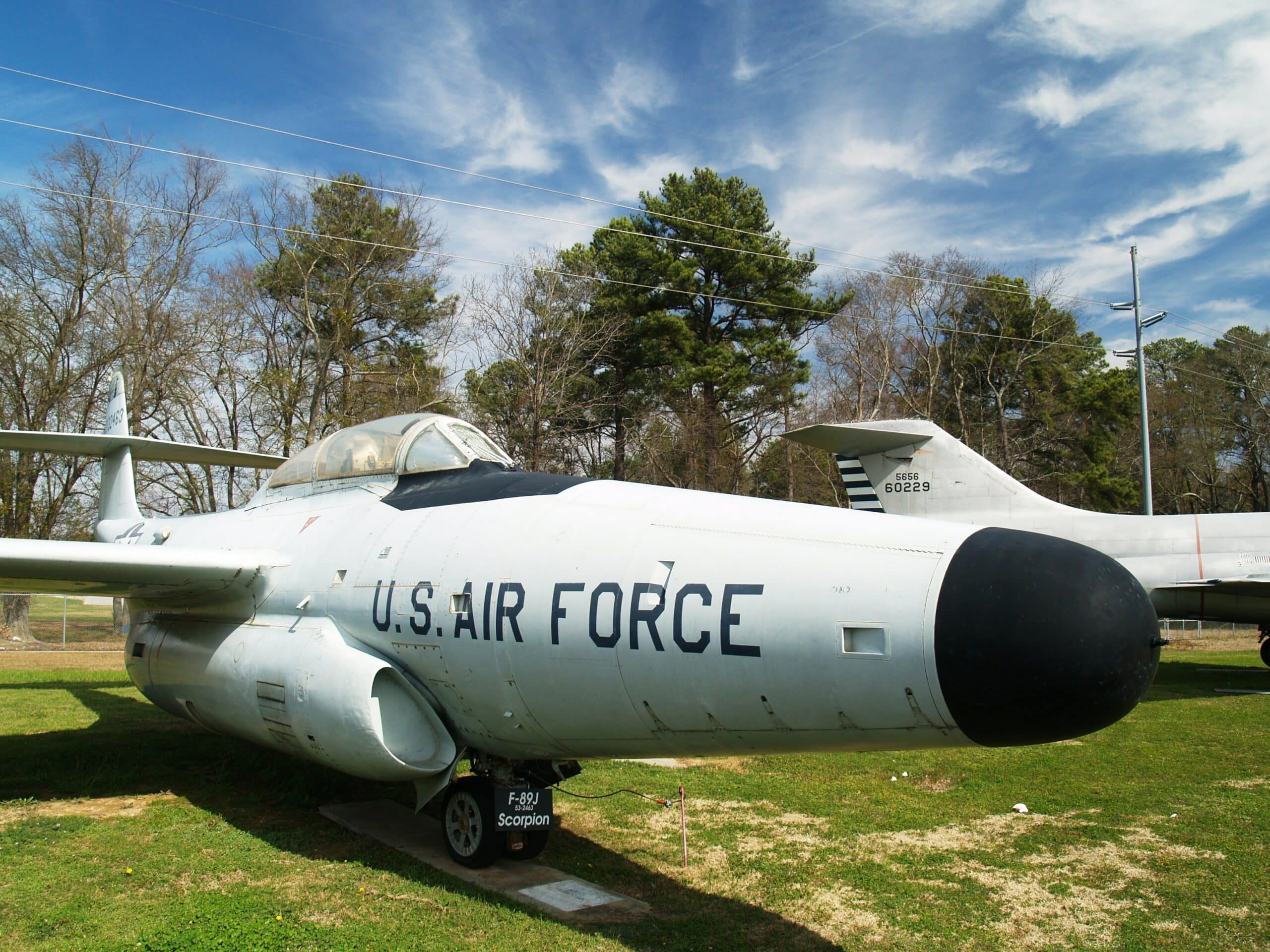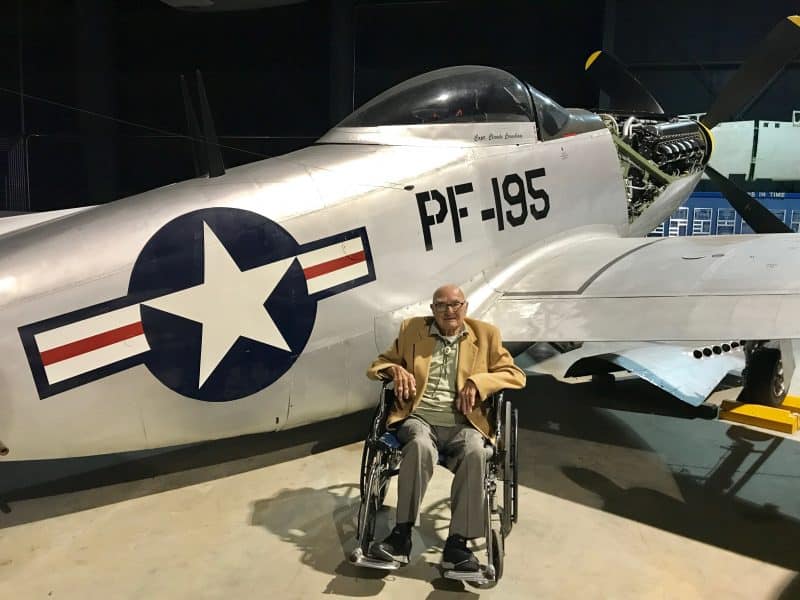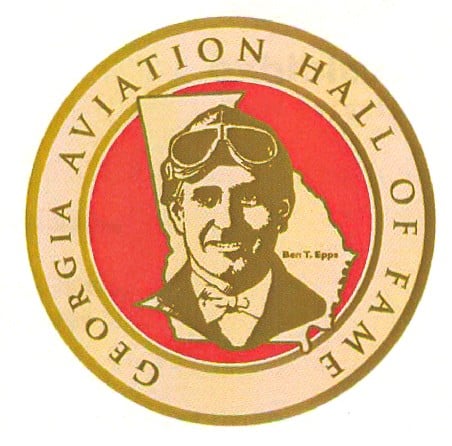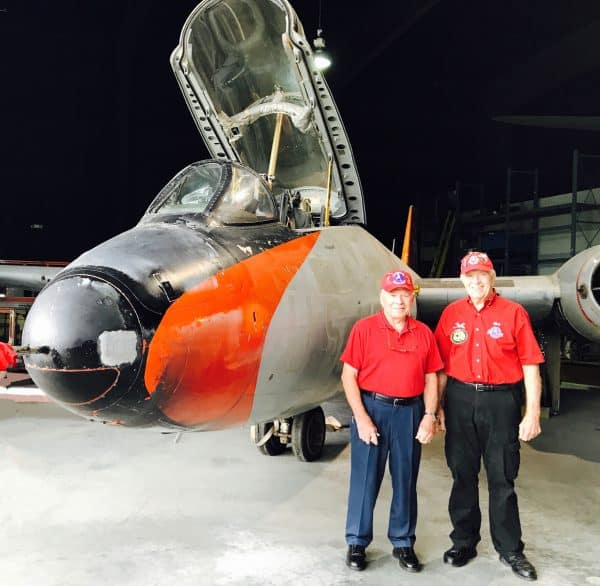I came upon a story recently about the first United States Army Air Forces officer killed in the European Theater during World War II—Lt Col Townsend Griffiss. The story appeared in the UK Mail Online but it probably won’t show up in the U.S. except maybe up in Buffalo, New York, where he was born.

Townsend Griffis
Lt Col Griffiss met his death on an ill-fated B-24 “Liberator” bomber that was shot down over the British Channel by “friendly fire” on February 15, 1942. (“Friendly fire” always strikes me as a misnomer). The 41-year old pilot was shot down by “friendly” Royal Air Force fighters because the air traffic controllers who knew the Liberator would be flying over France to the United Kingdom didn’t inform the British fighter sector, which launched two fighters and shot the suspected enemy bomber out of the sky. Griffiss was the first of 30,000 U.S. Army Air Forces personnel to die in the European theater.
Griffiss had an interesting background. He graduated from West Point Military Academy in 1922. He became a pilot, an instructor, and a commandant of cadets at March Field, California. Then he had a three-year overseas tour as assistant military attaché for air in France and Spain and later Germany. That experience got him assigned to a special Army observers group to investigate the efficiency of foreign aircraft and plan ferry routes for the shipment of aircraft from England to Russia. On the day he was shot down, he was flying back to England from Russia, through a route that took him through Tehran, Iran—a city that isn’t so friendly to Americans today.
After his death two bases were named after him—Camp Griffiss in England and Griffiss Air Force Base (AFB) in New York. As I got in to this story I learned that Rome Air Depot, which ultimately became Griffiss AFB, was activated in February 1942. That’s probably what led to the base being named after him in 1948.
So what am I getting at? As I learned more about Griffiss, I began to think of aircraft types stationed at Griffis AFB that are at the Museum of Aviation. I also thought of where I was during my United States Air Force (USAF) career and where I am now. I thought of connections I could make to different bases and aircraft. I served a 30-year career in the USAF from 1964 to 1994 and I’m now the Director of Marketing for the Museum of Aviation in Warner Robins, Georgia.
Griffiss AFB once had a fighter interceptor squadron that flew F-89J “Scorpions,” F-101 “Voodoos,” and F-106 “Delta Darts” (don’t you just love them nicknames!) in the late fifties and sixties. Bingo! A connection—all three of those aircraft types are here in the collection at the Museum of Aviation.

F-89J Scorpion at the MuseumF-101 Voodoo at the MuseumF-106 Delta Dart at the Museum
I read some more. Griffiss AFB later had a SAC (Strategic Air Command) wing stationed there with KC-135 “Stratotanker” air refueling tankers and B-52 “Stratofortress” bombers. Bingo! A connection. The KC-135 was the first aircraft I flew in as a USAF ROTC cadet. I came into the USAF in SAC and the first two bases I was assigned to had B-52s—Walker AFB, New Mexico, and Pease AFB, New Hampshire. The first air refueling tankers at Griffiss were assigned to the 509th Air Refueling Squadron which originally started with KB-29s at—bingo!—Walker AFB, New Mexico.
The 509th Air Refueling Squadron then moved to Pease AFB (another connection) and was assigned to the 509th Bomb Wing (the final connection for me), which had a ramp full of B-52s. My second job in the Air Force was the OIC (that’s Officer in Charge) of Public Information for the 509thBomb Wing at Pease and I deployed with the wing to Guam during the Vietnam War.

1st Lt. Dubiel in 1968 in front of a B-52 at Andersen AFB Guam
Today I can walk out of the museum’s Eagle Building and see a B-52 bomber sitting on the lawn—a reminder of where I’ve been and where I am.

Retired Colonel Bob Dubiel in front of the B-52 at the Museum of Aviation.
So, thanks to UK Mail on Line (and to Google for sending me that alert) for reminding me of some of my connections to the history of the USAF—and how the story of the first U.S. Air Force officer to die in the European Theater of World War II has woven into my life.
– Robert Dubiel, Former Director of Marketing, Museum of Aviation
Passed away on October 3, 2016










